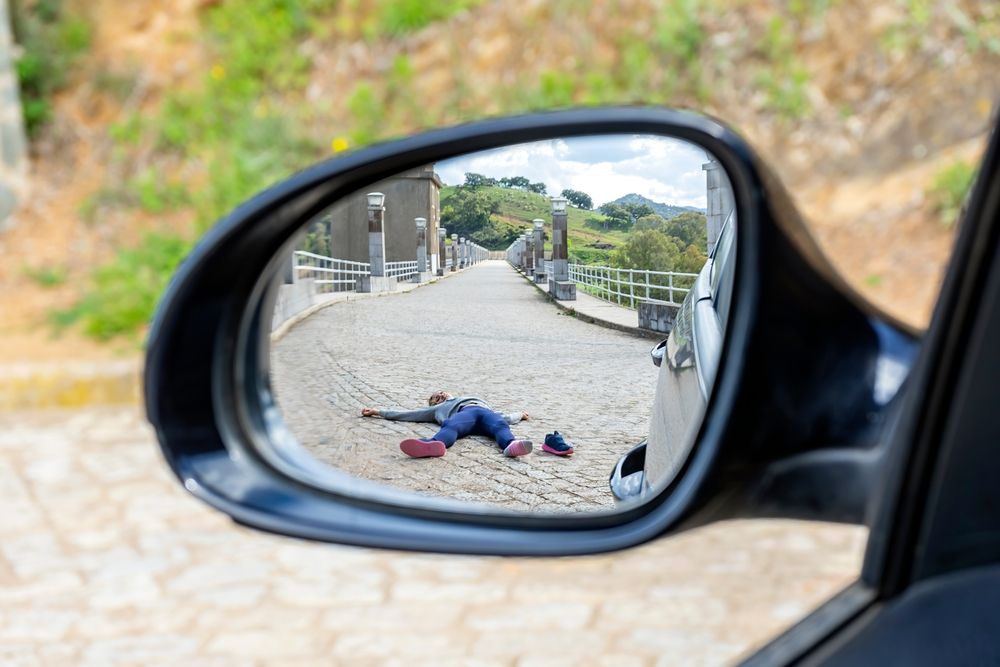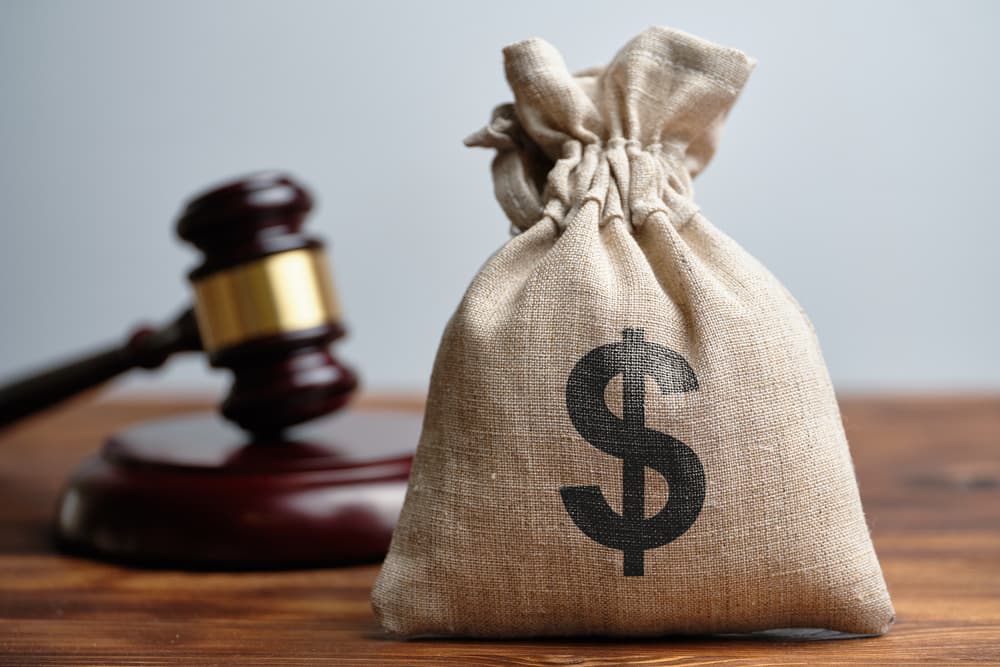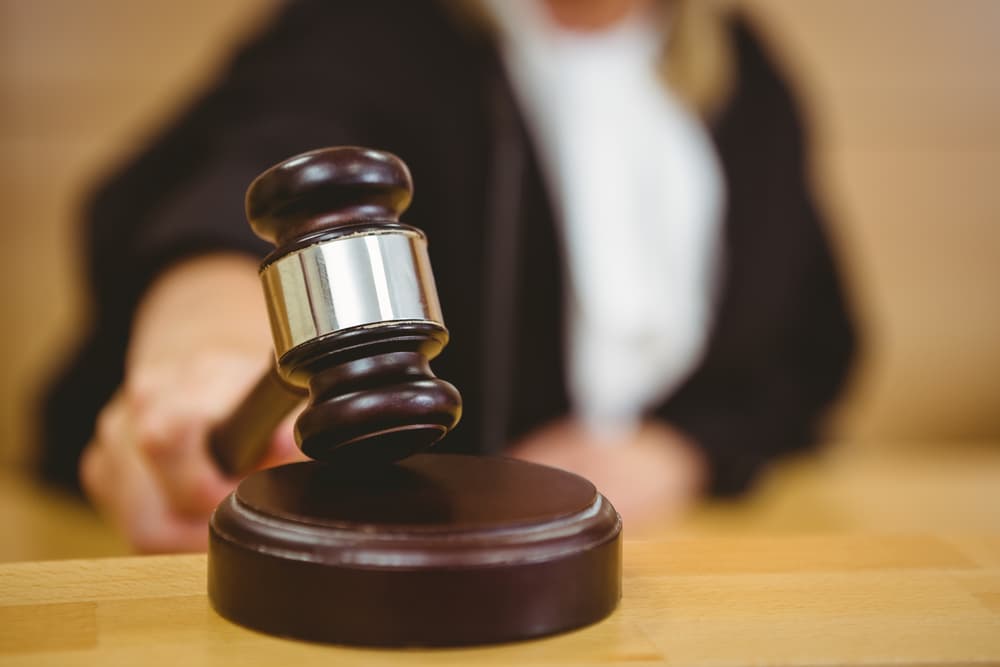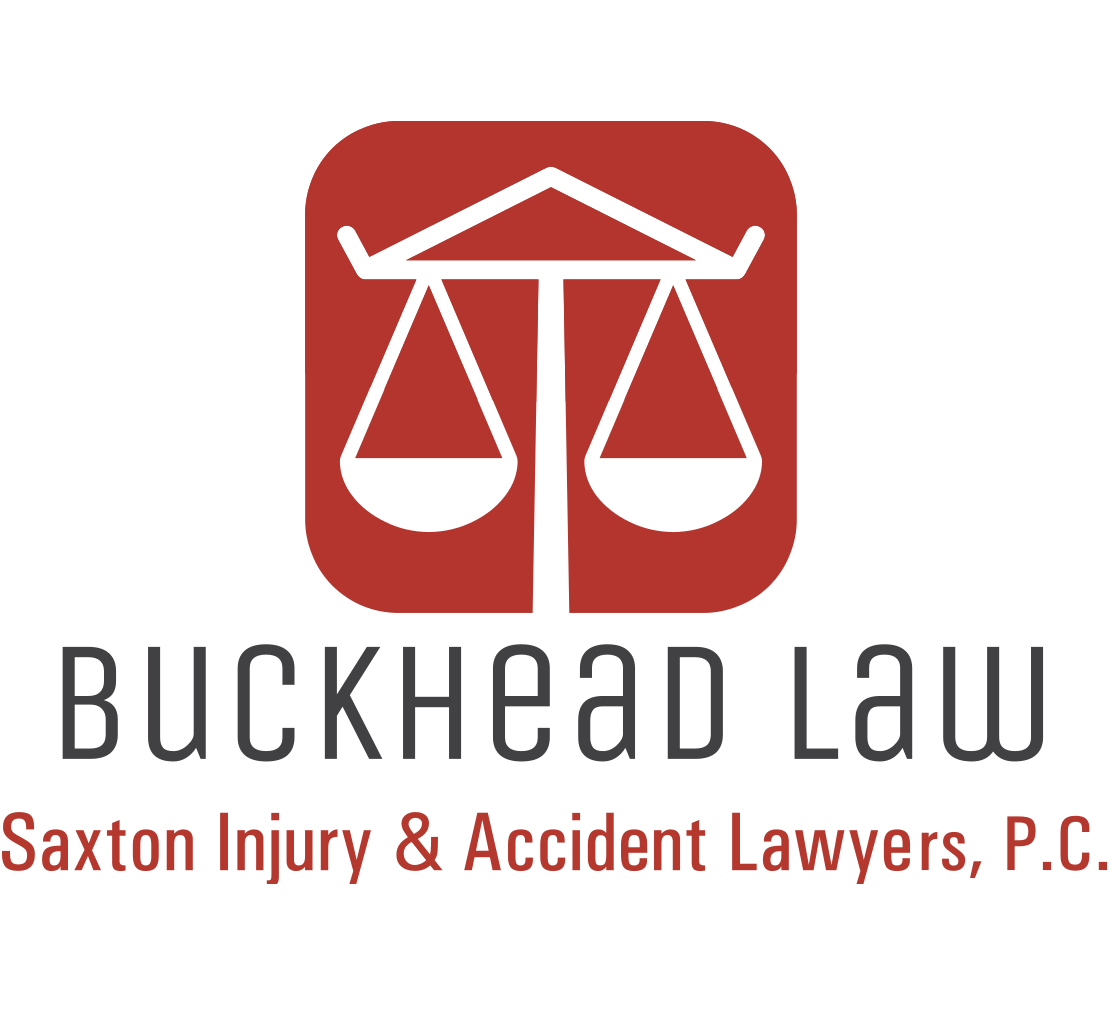Jaywalking refers to crossing a street outside of marked crosswalks or intersections where pedestrian crossing is allowed. Although pedestrians are typically required to use crosswalks and obey traffic signals that indicate when it’s safe to cross, drivers are expected to yield the right of way to pedestrians. Specific laws regarding jaywalking and pedestrian rights can vary by jurisdiction.
If you suffered injuries in a pedestrian collision that a negligent driver caused, you may have legal options to consider. A knowledgeable pedestrian accident attorney can represent you throughout your case, establish negligence on the driver’s part, and pursue the financial recovery you deserve.
How do Negligent Drivers Cause Pedestrian Accidents?
Negligent drivers can cause pedestrian accidents in various ways, especially when pedestrians are crossing the street.
- One major way that negligent drivers cause pedestrian accidents is through speeding. When drivers exceed the posted speed limit, they have less time to react to pedestrians crossing the road. Speeding also reduces the driver’s ability to stop quickly, increasing the likelihood of hitting a pedestrian. This is particularly dangerous at traffic intersections, where pedestrians expect drivers to yield.
- Distracted driving is another significant factor. Drivers who are texting, talking on the phone, or using in-car entertainment systems are not fully attentive to the road. This distraction can cause them to miss seeing pedestrians crossing the street. Even a momentary lapse in attention can result in a serious accident if the driver fails to notice a pedestrian in time.
- Impaired driving, whether due to alcohol or drugs, also plays a major role in pedestrian accidents. Impaired drivers have slowed reaction times and reduced judgment skills, making it harder for them to notice and react to pedestrians. This can lead to severe accidents, as these drivers are less likely to stop or swerve to avoid hitting someone.
- Running red lights or ignoring stop signs is another common cause of pedestrian accidents. Drivers who fail to obey traffic signals may end up hitting pedestrians who are crossing the street. This is especially hazardous at intersections where pedestrians are expected to have the right of way.
- Poor weather conditions can also contribute to pedestrian accidents. Drivers may struggle with visibility during rain, fog, or snow, making it harder for them to see pedestrians. If drivers do not adjust their speed and driving habits to match the conditions, they may not stop in time to avoid hitting a pedestrian.
If you recently suffered injuries in a pedestrian accident, a skilled pedestrian accident attorney can handle your case and pursue the compensation you deserve.
What are the Most Common Injuries that Pedestrians May Suffer in an Accident?

Pedestrian accident victims can suffer a wide range of physical and psychological injuries that affect many aspects of their lives.
- Physically, the most common injuries include fractures and broken bones. Pedestrians who are hit by vehicles often experience broken limbs, ribs, or pelvises. These injuries occur because the force of the collision can cause bones to snap or shatter.
- Another frequent injury is traumatic brain injury (TBI). Even if a pedestrian is not struck directly in the head, the force of the collision can cause the brain to move violently within the skull, leading to concussions and other severe brain damage.
- Spinal cord injuries are also a serious concern. Damage to the spinal cord can result in partial or complete paralysis, affecting the ability to move and feel parts of the body.
- Internal injuries, such as damage to organs or internal bleeding, can be life-threatening and require immediate medical attention.
- Soft tissue injuries, such as sprains, strains, and deep bruises, are also common. These injuries may not always be immediately apparent but can cause long-term pain and disability.
Psychologically, victims of pedestrian accidents may suffer from post-traumatic stress disorder (PTSD). The traumatic experience of being hit by a vehicle can lead to flashbacks, nightmares, and severe anxiety. Victims may also experience depression – characterized by persistent sadness – along with a loss of interest in activities and feelings of hopelessness. This can be exacerbated by the long-term recovery process and the effects of injuries on daily life.
Anxiety and phobias are also common among pedestrian accident survivors. Injured pedestrians may develop a fear of walking near traffic or crossing streets, which can significantly affect their quality of life. The stress of dealing with medical treatments, physical rehabilitation, and financial burdens can also contribute to a heightened sense of anxiety and emotional distress.
How Much is a Pedestrian Accident Case Worth?

The value of a pedestrian accident claim or lawsuit can vary widely, depending on several factors.
- First, the severity of the injuries plays a significant role. More serious injuries, like severe fractures, brain trauma, or paralysis, generally lead to higher compensation. These injuries often result in higher medical bills, longer recovery times, and more extensive rehabilitation.
- Another important factor is the extent of medical expenses. Compensation usually covers current and future medical costs, including hospital stays, surgeries, medication, and physical therapy. If a pedestrian needs ongoing medical care or has to modify their home for accessibility, these costs will also be considered.
- Lost income is also a major component of the compensation. If the injury causes the victim to miss work, they can claim compensation for the income lost during their recovery. If the injury affects their ability to return to work or limits their future earning potential, additional compensation may be awarded for these long-term effects – including effects on earning capacity.
- Pain and suffering is a type of compensation that covers the emotional and physical distress resulting from the accident. This includes chronic pain, emotional distress, and overall effects on the victim’s well-being. The more severe and long-lasting the pain and suffering, the higher the compensation may be.
- The effects on the victim’s daily life and activities are also considered. If the injury affects the victim’s ability to perform daily tasks or participate in activities they previously enjoyed, this can lead to additional compensation for loss of enjoyment of life.
- Punitive damages might also be awarded in cases where the driver’s behavior was particularly reckless or intentional, such as driving under the influence or fleeing the scene of the accident. These damages are meant to punish the wrongdoer and deter similar behavior in the future.
Other factors influencing the case’s value include the strength of the evidence and the specifics of local laws and insurance policies. Insurance companies and legal professionals will consider all of these aspects when determining the amount of compensation to award the injured pedestrian in a claim or lawsuit. Each case is unique, and the final compensation award should reflect the overall effect on the victim’s life.
Proving that a Driver was at Fault for a Pedestrian Collision
Several legal elements must be established to prove that a driver was at fault for a pedestrian collision while the pedestrian was crossing the street. An experienced pedestrian accident attorney can help you establish the following:
- Duty of Care – First, the injured pedestrian must show that the driver owed them a legal duty of care. This means that drivers are required to follow all traffic laws and drive safely to avoid causing harm to others.
- Breach of Duty – Next, the injured pedestrian must demonstrate that the driver breached this duty of care. A breach occurs when a driver fails to act as a hypothetical “reasonable person” would act under the same or similar circumstances. Common breaches include speeding, running red lights or stop signs, failing to yield, or driving while distracted or impaired. Evidence such as traffic camera footage, witness testimony, or accident reports can establish whether the driver failed to follow traffic laws or acted in a reckless or careless manner under the circumstances.
- Causation – The injured pedestrian must also prove that the driver’s breach of duty directly caused their injuries and damages. This means there must be a direct link between the driver’s actions (or inactions) and the pedestrian accident. If the injured pedestrian can legally show that the driver’s negligence led to the collision and the pedestrian’s subsequent injuries, causation is established. Medical records and accident reconstruction reports can help to demonstrate this connection.
- Damages – Finally, the injured pedestrian must show that they suffered damages as a direct result of the collision. Damages include physical injuries, medical expenses, lost income, and pain and suffering. Documentation such as medical bills, evidence of lost income, and personal testimony about the effects of the accident on the pedestrian’s life are essential to prove this element.
Evidence needs to be gathered and presented effectively to support a claim. This includes police reports, witness statements, medical records, and any available video footage. Legal professionals often use this evidence to build a case demonstrating that the driver’s negligence caused the accident and resulting damages.
The injured pedestrian must legally establish each element to hold the driver liable for the collision.
When to Litigate a Pedestrian Accident Case in the State Court System

Litigating a pedestrian accident case becomes necessary when the parties involved cannot reach a satisfactory settlement through negotiation or insurance claims alone. Litigation is often pursued to ensure fair compensation for the injured pedestrian – particularly if the damages are significant or if liability is disputed.
When Litigation is Necessary:
- Disputed Liability – If the driver denies responsibility or there is disagreement about who is at fault, litigation may be necessary to resolve the issue. The court can help determine negligence and assign fault based on the evidence and legal arguments.
- Inadequate Insurance Settlement – Sometimes, insurance companies offer settlements that are insufficient to cover all medical expenses, lost income, and other damages that the injured pedestrian suffered in the collision. When negotiations fail to yield a fair offer, litigation may be required to seek appropriate compensation.
- Severe Injuries – In cases involving severe or long-term injuries, the resulting damages can be substantial, and the complexities of the case may make litigation a better option to ensure comprehensive compensation for all losses.
Steps in the Litigation Process:
- Consultation with an Attorney – The first step is to consult with a personal injury lawyer who regularly handles pedestrian accident cases as part of their legal practice. The attorney will evaluate the case, advise on the likelihood of success, and discuss the potential outcomes and legal strategies.
- Filing a Complaint – If litigation is decided, the next step is to file a complaint with the appropriate court. This legal document outlines the allegations against the at-fault driver (i.e., defendant), the basis for the lawsuit, and the damages sought.
- Discovery – During the discovery phase, both parties gather evidence to support their claims and defenses. This includes exchanging documents, taking depositions (sworn statements from witnesses and experts), and gathering medical records and accident reports.
- Pre-Trial Motions and Settlement Discussions – Before going to trial, there may be pre-trial motions to resolve specific issues or to dismiss certain claims. Settlement discussions often continue during this time, as the parties may still reach an agreement before the trial begins.
- Trial – If no settlement is reached, the case proceeds to trial. Both sides present their evidence and arguments to a judge or jury, who will then decide on liability and damages.
- Post-Trial Motions and Appeals – After the trial, the losing party may file post-trial motions to challenge the verdict or appeal the decision. This can further prolong the legal process, depending upon the circumstances.
Litigation is a complicated process that requires careful preparation and legal skill. An experienced pedestrian accident attorney can guide you through each step of your case in pursuit of the best possible outcome.
Talk with an Experienced Pedestrian Accident Lawyer Today
If you or someone you care about suffered injuries in a pedestrian accident that occurred while you were crossing the street, you may have legal options available to you. A knowledgeable pedestrian accident lawyer can go over your options with you and secure the compensation you deserve for your accident-related losses.
Call today for your free consultation with a skilled personal injury attorney to evaluate the details of your situation and provide you with personalized advice and guidance.
